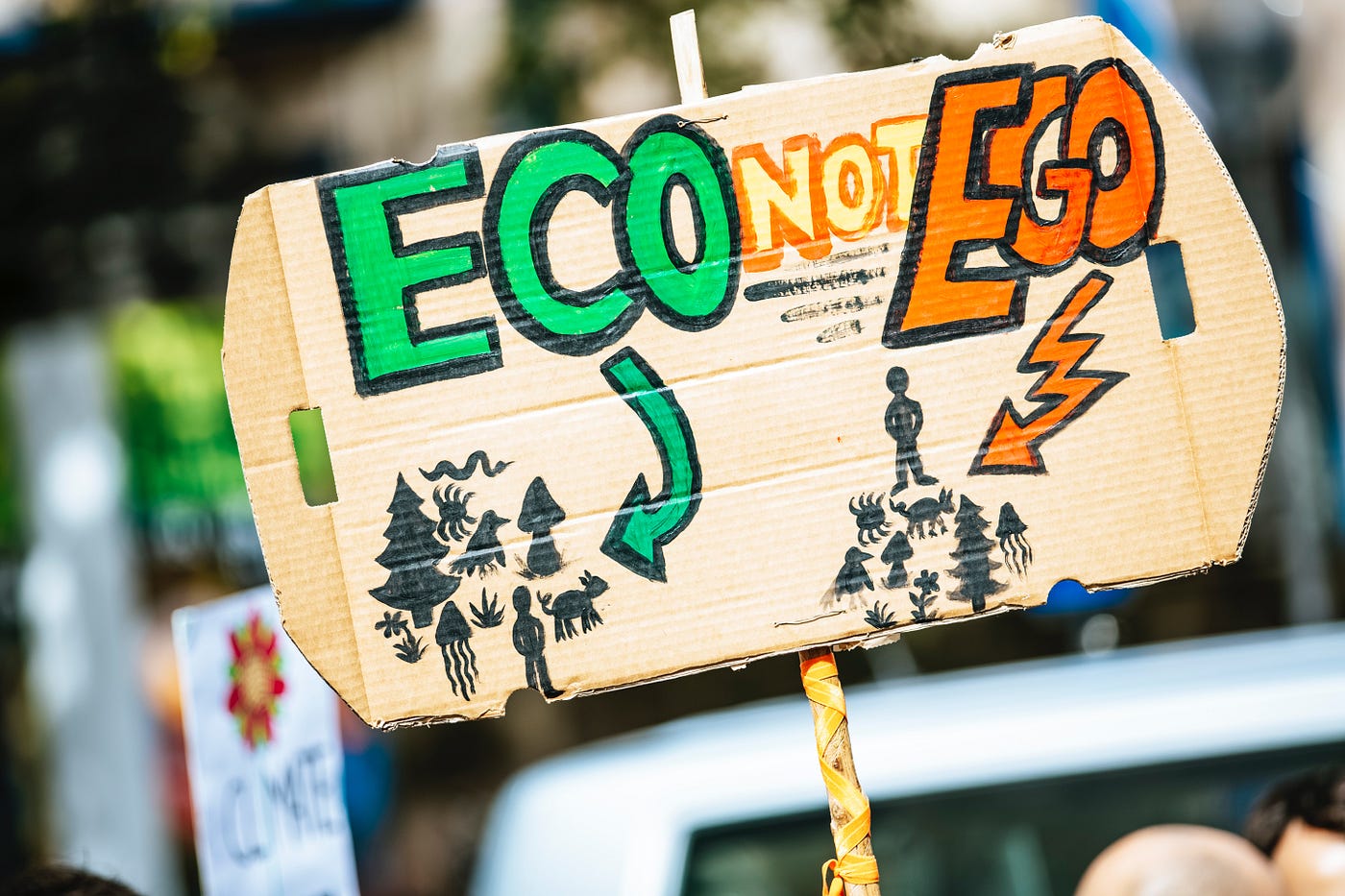I think that you chose this particular image for the section is because although meat has been gendered in society the individual who is cutting the meat is genderless and there is no way of associating gender with it. I also think that you choose this image to see if people did assign a gender to the person which would reveal people’s unconscious bias to who they associate meat and the person who cuts meat is.

An example of gender food is meat. Meat is heavily associated with masculinity and male genitalia. I think because the meat was such a hard process to obtain in the caveman time that man has been linked to it since the dawn of time. After all, men were the hunters and gatherers. “For many men, meat is an inarguable symbol of masculinity. We’ve been fed this idea for decades. If you are what you (m)eat, and you’re a man, then you eat meat.” (Eisenberg). I think because red meat is cows, boar, mutton, etc. are seen as powerful animals, eating them makes men feel powerful too. In Eisenberg’s article, she talks about how she looked up men eating and the images that came up. I decided to do the same thing and it was instantly pictures of men devouring meats especially hamburgers.

An example of food eating practices that women are meant to eat food like salads and fruits. There is a common stereotype that people associate being vegetarian with being lesbians. I think that because there is a heavy emphasis on meat being associated with men and male genitalia is the reason to assume women who are vegetarian as a lesbian. I went out with my female friend to lunch and I ordered a chicken cobb salad while my friend ordered buffalo chicken dip, truffle mac and cheese, and a tuna salad sandwich. When the waiter came to bring us our food, he automatically placed the salad in front of my friend and the rest of the food in front of me. “It’s hard to shift an individual’s perception without first tackling their society’s view.” (Eisenberg) It was an interesting experience because we are used to associating women with fruits and veggies, we just assume these stereotypes to be true.

There are different perspectives on how ecofeminist see non-human animals and our relationships with them. Two of these different perspectives come from Greta Gaard and Deane Curtin. Curtin talks about our contextual moral vegetarianism. “Though I am committed to moral vegetarianism, I cannot say that I would never kill an animal for food. Would I not kill an animal to provide food for my son if he were starving? Would I not generally prefer the death of a bear to the death of a loved one? I am sure I would.” (Curtin 5). I am not a vegetarian, but I have known people who were, and they saw the situation as black and white with no understanding of the grey areas. I respect how Curtin doesn’t see the world as black or white but as I prefer this, but I could be persuaded to the other side depending on the situation.
Gaard focuses on the connection between the oppression of animals and the oppression of women. “Feminists and ecofeminists alike have noted the ways that animal pejoratives are used to dehumanize women, pointing to the linguistic linkage of women and animals in such derogatory terms for women as “sow”, “bitch”, “pussy”, “chick”, “cow”, “beaver”, “old bat”, and “bird-brain.’” (Gaard) These terms used for animals are also used to describe women as well. This connection shows how sexism and speciesism are closely related. These slang words for women is a systematic way of making it socially acceptable to degrade women and subconsciously preserve the idea that women are lesser than men. Gaard states an interesting question about which shows the human-animal relationship, the pets that we have, or the animals we eat.

